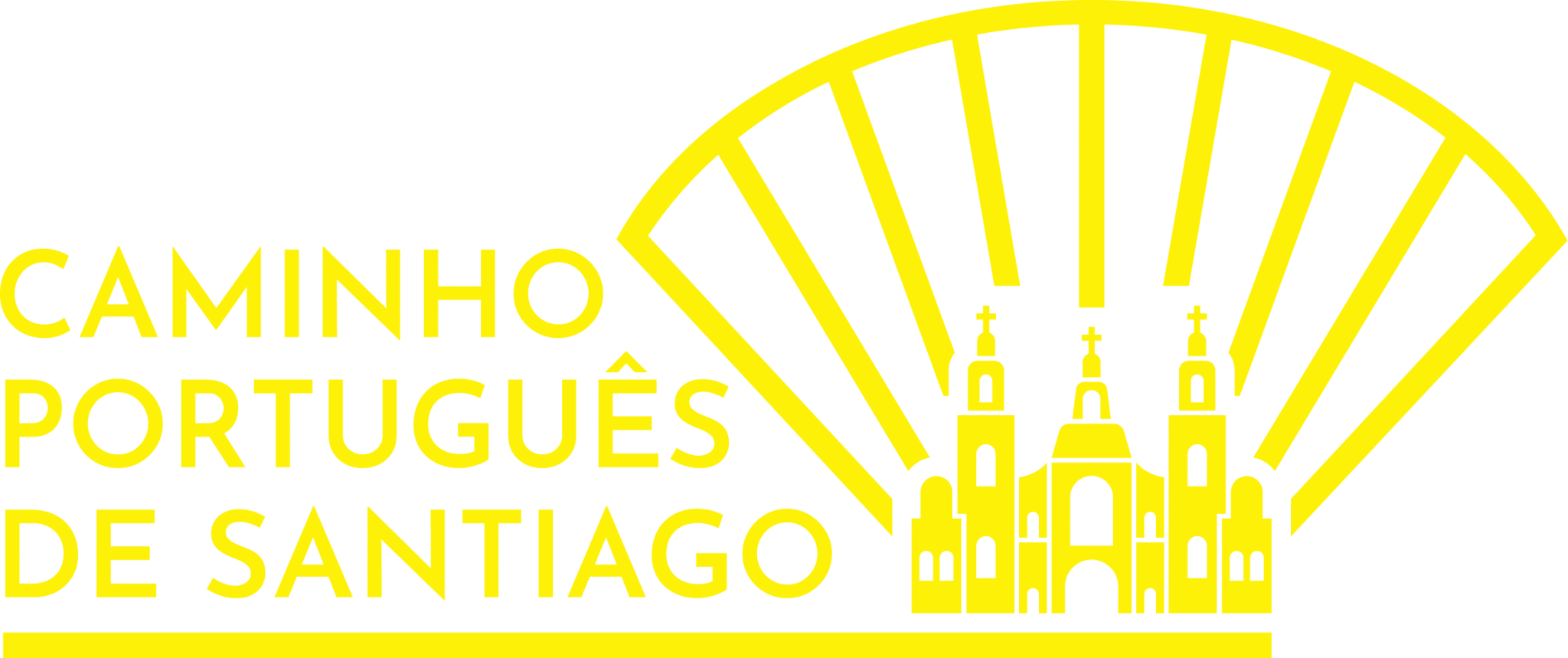

Subscreve a nossa Newsletter e recebe gratuitamente a Checklist do Caminho de Santiago para te preparares para aventura da tua vida!
The Marinhas – Viana do Castelo stage takes us away from the sea, towards the sacred mountains of the millennial route. Although not difficult, some slopes after the Church of Santiago in Castelo de Neiva may make our muscles complain a bit at the end of the day, but nothing out of the ordinary.
When you miss taking a stroll by the sea, just look around. From the top, you’ll catch a glimpse of the marvelous Atlantic Ocean that beckons to all pilgrims at this stage of the route. However, make the most of this journey through the deep green interior of nature. There are pilgrim secrets within every building.
On arriving in Viana do Castelo, go over the bridge and head towards the city. If you want to rest for a day, there are monuments to enjoy such as the Interpretive Center of the Portuguese Way of the Coast or, if you still have strength to, climb the 659 steps of the Santa Luzia staircase and visit the Confraternity of the same name.
Marinhas is still close to the main road that leads us to decide whether to go by the sea or through the mountains. The idea is to go straight ahead until (as usual) we find the yellow arrows. There will be times when it is necessary to pay extreme attention to passing cars.
This 17th century medieval-inspired church is a space where pilgrims share a space to analyze the interesting architecture of several of the monuments in northern Portugal. This combination of blue tile and humble origins is reminiscent of the Portuguese tradition of doing a lot with not so much.
After an unusual climb in these parts, when the water begins to taste softer than usual, we have a space here, in the Parish Church of Castelo do Neiva, which allows us to rest and refill the canteen.
This, according to historians, has the oldest evocation, dated 862, to Santiago in Portuguese territory. It was found during restoration work on the building, and the record is by D. Nausti, former bishop of Coimbra.
This is open to the public and can be seen at the entrance, just to the right.
Although we pass through magical places, such as the Santiago de Anha Parish Church, or through beautiful landscapes where the true spirit of the path shows itself at all times, there is one space that we could not fail to mention. On this spot, just past the church of Santiago, is a market with no owner, but with food, water and refreshments, and chairs. You just take what you feel like and decide what to pay for. Thank you to the people.
After a long and narrow bridge (that can be avoided) by taking a ferry into the city, we arrive in Viana do Castelo. This stage, despite being long, is not difficult. The hostel is just on the other side of the train line, and for those who have energy, you should go for a walk in the city. It is worth the visit.
In principle, no! The yellow arrows are clearly marked on the ground. If you’re in any doubt, just look around and see which direction the other walkers are heading. Another idea is to ask someone how to get to the Carvalhido church.
Incidents tend to be minimal and many people make the journey alone. However, safety can be subjective. Many hikers do the route, so if you’re afraid you can always ask for help.
This is the most urban stage of the Portuguese route. At the entrance to Vairão, the difference in the natural landscape is remarkable.
